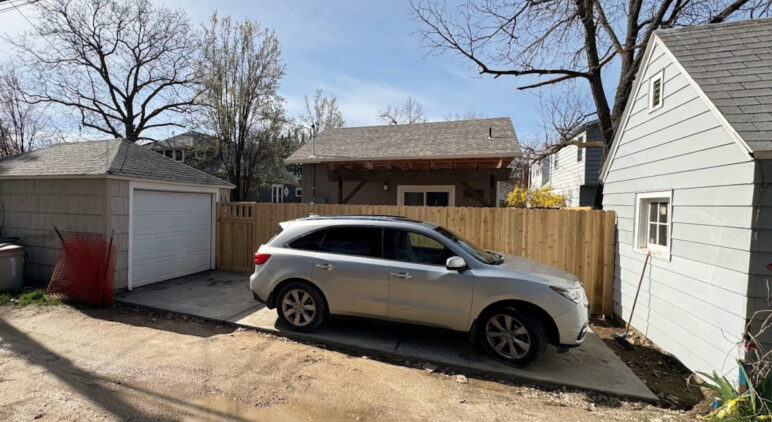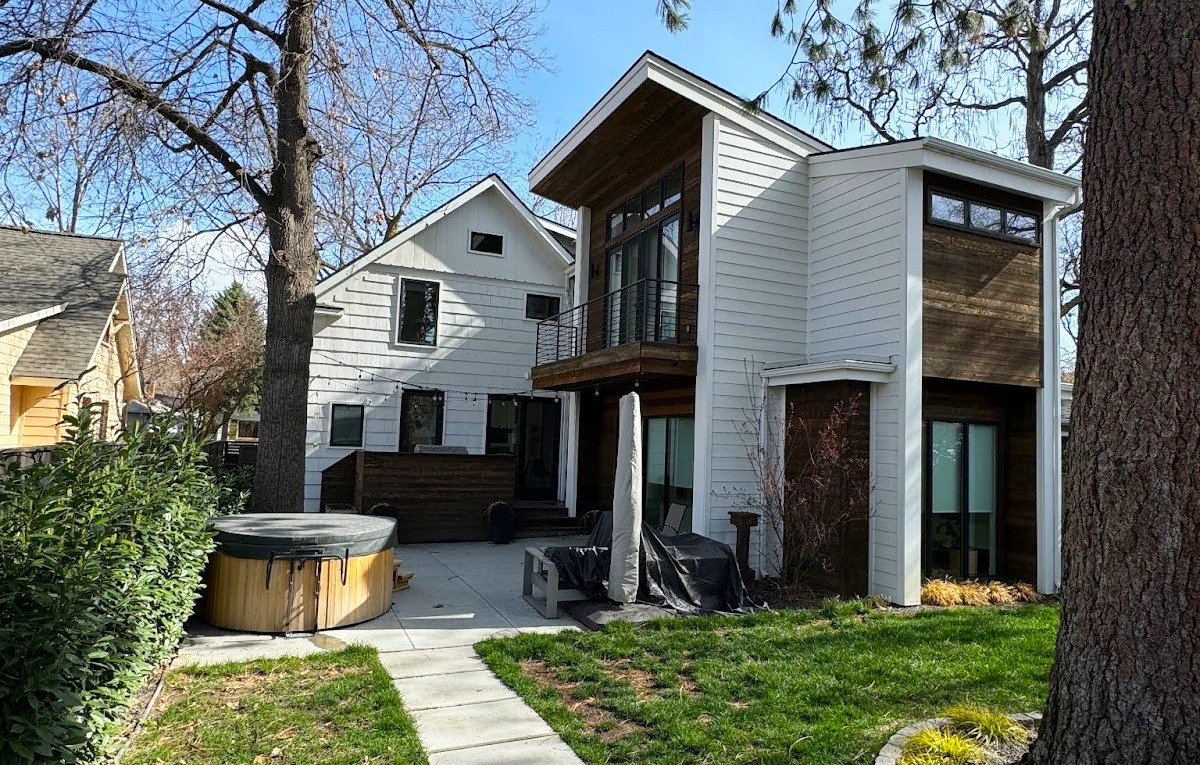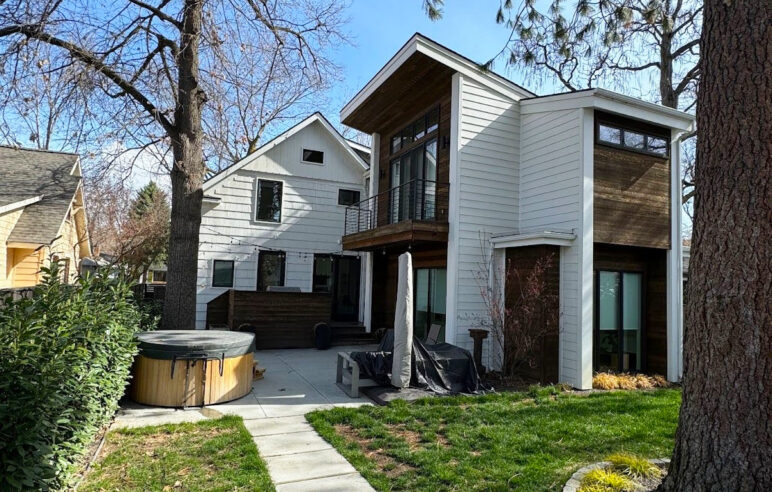Removing regulatory barriers to building small homes drives new construction, but it can take years to see the full impact. For example, after Seattle adopted a new zoning code removing regulatory barriers to accessory dwelling units, ADU production doubled in year two, tripled in year three, and quadrupled the original baseline in years four and five. Yet Seattle’s success with ADU reform since 2019 may be outpaced by another city in Cascadia that has just unleashed a surge of permits for relatively inexpensive infill housing.
In the three-and-a-half months since its own new zoning code took effect on December 1, 2023, the City of Boise had 27 people per month apply for permits to build accessory dwelling units (ADUs) on their property—also known as backyard cottages, granny flats, or in-law apartments. That compares to a permit rate of just over 3 per month in the 12 months before the new code took effect. The rate of permit applications for ADUs under the new code is nearly nine times the rate of approvals in the year before the new code took effect.
For comparison’s sake, Boise’s 95 ADU permit applications since December put it on track to exceed Seattle’s ADU production in 2019, even though Boise has barely a third of Seattle’s population.
Some pent-up ADU projects may have waited for the new code to submit their permits, so it is still too early to estimate the full scale of the effects of the zoning changes. A year or two of permit data will allow meaningful comparisons in the actual construction of ADUs before and after the change in Boise’s zoning code. But whatever the final magnitude of the increase, the recent jump in permit applications shows that the new zoning code made production of these small infill homes much more attractive for homeowners.
Byron Folwell is a Boise architect whose practice includes providing owners feasibility assessments for building ADUs on their lots. After meeting with over a hundred owners interested in adding them, Folwell believes three key changes in the new code spurred the increase in permit applications.
The 3 changes that unlocked Boise’s ADUs
1. Removing bans on renters
Boise’s prior zoning code barred owners from renting out both the main house and the rental unit together. This rule prevented all existing landlords from adding a backyard cottage to an existing rental even though these owners had experience renting and managing rental housing. The rule also created risk for current owner-occupants who might need to leave their home for an extended period and need rental income to help cover the mortgage.
2. Removing off-street parking requirements

The cottage behind the fence required discretionary approval from Boise’s planning director because of parking requirements. Under the new code, no special appeals on parking would be required for this project. Photo: Daniel Malarkey, used with permission.
Under the old code, a home had to have two off-street parking spaces, which made ADUs infeasible on many of the city’s smaller lots. Either there was no place to put the two parking spots, or creating them would add costs that made the project too expensive.
In the picture above, one of Folwell’s clients had to get a special decision from the city planning director to build an ADU. While the lot had two parking spaces, one space was in front of the garage and therefore didn’t count under the old rules. No special pleading would be required for this project under the new code.
3. Alignment among elected officials, planning and permitting staff, and most Boise citizens on a shared vision for infill development
The new zoning code was the result of a multi-year public process followed immediately by elections for the city council and mayor. The pro-housing forces won the day. With clear direction in the new code, planning staff are now empowered to process permits efficiently and make timely approvals.
Boise had made an initial step towards easing the barriers to ADUs in 2019 but maintained parking and residency requirements that blocked many projects. This earlier, more timid effort to embrace granny flats helped prime the market. So when those barriers fell, a critical mass of owners, designers, and builders was ready to submit permits.
Other “missing middle” housing policies slower to uptake
The new zoning code also removed barriers to building plexes, multifamily, and mixed uses in neighborhoods—for example, small service businesses that get foot traffic can now operate legally out of their owner’s house. Boise’s planning department now has a range of viable missing middle project applications that would have been barred under the prior code.
However, the new flexibility has not yet changed the unit count and dollar value of new residential project permits in the first quarter of 2024. Unlike with ADUs, there doesn’t yet seem to be a noticeable trend toward these bigger projects. Infill developers and their architects cite high construction costs, elevated interest rates, and unfamiliarity among builders and lenders with the newly allowed housing types as reasons for taking measured steps towards developing these options.
With time, more homes of all shapes and sizes will be built in Boise. In the meantime, backyard cottages will stand in the vanguard.










